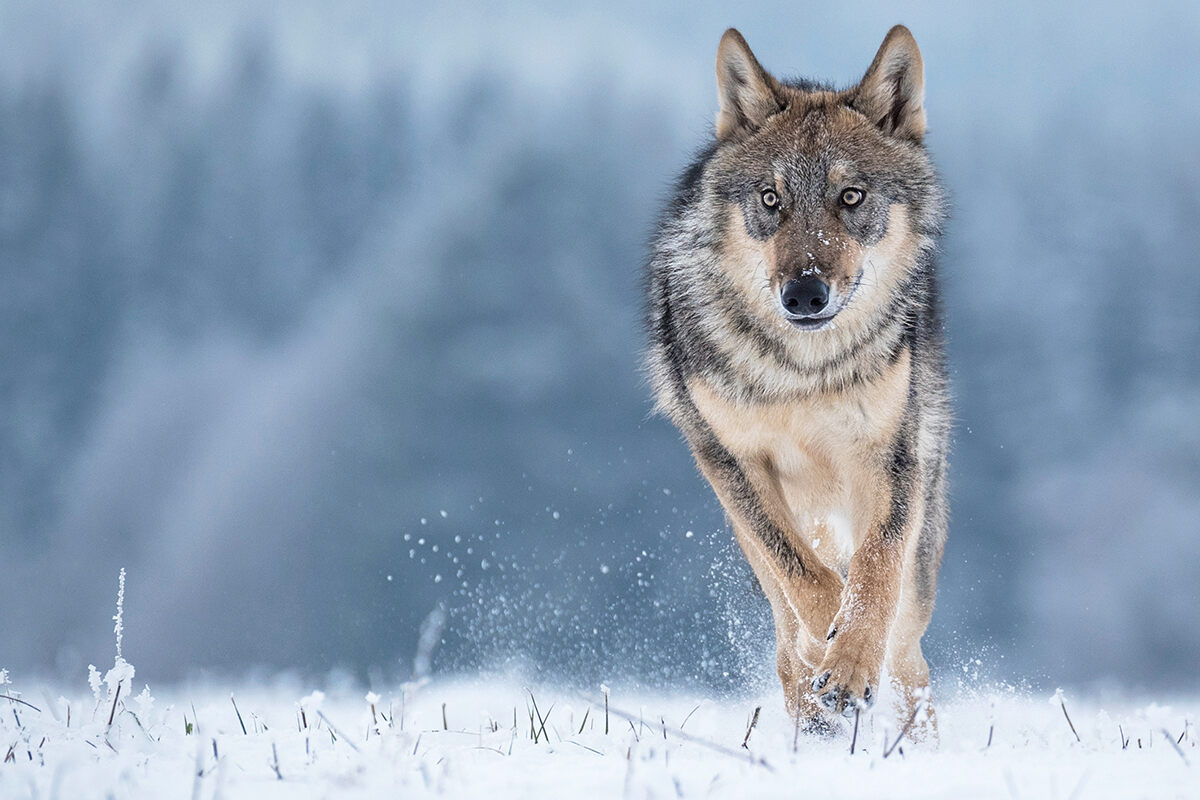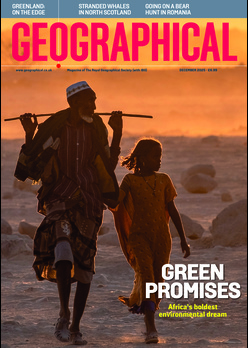
Christopher J Preston lays bare the stark details of extinction, with glimmers of hope for wildlife conservation, in this fascinating book
Review by Geordie Torr
In December, a study predicting the extinction of one in ten plant and animal species by the end of the century was published. Reading a report of the study, the most shocking thing to me was that the predictions weren’t that shocking.
We were already in the middle of an extinction crisis before the effects of climate change kicked in and knocked the crisis up a few notches. Christopher J Preston, a professor of environmental philosophy at the University of Montana, lays out the details in stark terms: ‘More than 900 [species] have been wiped off the face of the Earth since industrialisation. At least a million are threatened with extinction, many of which now number less than a thousand.’
But against this depressing backdrop, there are glimmers of hope – species that have stood on the brink of extinction before have been pulled back and nurtured, and are now thriving. The pronghorn antelope wild population has soared from 13,000 to almost a million; from a low of less than 1,000, their fellow plains dweller the bison now numbers more than half a million; humpback whales in the western Indian Ocean have gone from about 600 to 36,000.
Preston uses these and other back-from-the-brink success stories to explore the philosophical underpinnings of conservation itself and asks what lessons we can learn from them, all the while unpacking some of the ethical and practical dilemmas that face conservation biologists caught up in an extinction crisis. Removing dams that are blocking fish migrations is a no-brainer, right? But what about picking up a gun and shooting perfectly healthy owls or sea otters? At what level of genetic impurity (due to interbreeding with cattle) is a bison no longer a bison – and does it matter? Is it okay to plant and prune apple trees to provide food for bears in the Appenines when bears don’t naturally eat apples?
‘In an ideal world, wild animals live wild,’ Preston writes – a theme to which he returns repeatedly – but of course we don’t live in an ideal world. As populations of predators start to increase and spread into poulated areas, conservationists are forced to become their advocates, spending a big chunk of their time trying to convince people that it’s okay to live in close contact with animals that could conceivably kill and eat them. And these days, more and more species are what’s known in the species-recovery business as ‘conservation-reliant’ – that is, they need ‘a heavy dose of management’ to ensure their survival. But how much human intervention is too much?
Preston clearly has his own beliefs and prejudices; indeed, he wears them on his sleeve. However, he makes a point of talking to those working at the coalface in order to provide the arguments with balance and nuance. A welcome recurring theme is his attempts to solicit the perspectives of members of the local Indigenous groups, adding significantly to the diversity of voices in the debates. What shines through is simple pragmatism. Many of those to whom Preston speaks have already wrestled with the philosophical conundrums and have mostly come to the conclusion that the ends justify the means.
This is a fascinating and uplifting book. Preston has an eye for an interesting nugget of natural history and the tales he tells of wildlife decline and recovery are by turns horrifying and heartwarming. If I’m brutally honest, I’m not sure how broadly applicable the insights that he provides – the ‘essential change[s] in attitude that recovering species demand’ – are, but he’s an extremely engaging guide to the philosophical complexities of conservation and his general optimism about the natural world’s future is refreshing. One can only hope that his closing assertion that ‘trickles of possibility will become cascades of life as animals regain the room to flourish’ will someday soon come to pass.




